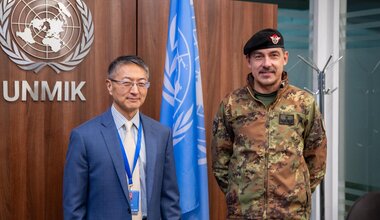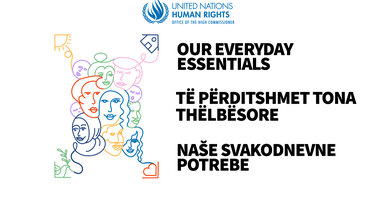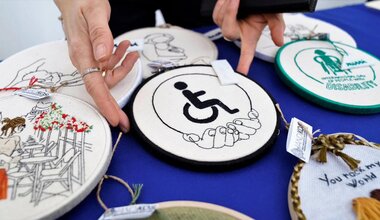Who speaks? Building trust through narratives and story-telling
The value of alternative narratives and solutions-focused journalism were discussed by communications experts and artists during an UNMIK-sponsored multi-ethnic panel at Autostrada Biennale, Kosovo’s international art festival.
The panel entitled “Every Revolution Starts with a Voice!”, reflecting the biennale’s umbrella “Revolution is Us” theme, explored how new media spaces have grown with the explosion of digital media.
“Historically, certain platforms amplified certain voices. With the rise of social media we have seen a rise in the multiplicity of voices,” UNMIK Spokesperson Sanam Dolatshahi told the audience of about 30 who gathered by the venue next to the river in the multi-ethnic city.
She discussed the concept of ‘solutions-focused journalism’, which has grown in response to audience fatigue with negative stories and casts the story’s characters as agents of change, rather than passive victims.
The style of story-telling, which can be used across different formats, was empowering for both audiences and the characters, she said, allowing positive stories to rise above “digital noise”. It also allowed a greater gender-responsiveness, telling stories of women whose perspective had often been neglected by traditional media.
“If we are telling the story, we need to pay attention to the positionality and be sure that the voice is given to the community and to the people.”
It was also important people in a post-conflict society be exposed to positive stories, she said, and solutions-focused stories helped to rebuild trust and bring communities closer together.
Ms Dolatshahi’s address was concluded with the screening of the UNMIK-produced short film Meat in the Middle, which focuses on a multi-ethnic collective of six women who work together as sisters in a typically male-dominated industry – operating a meat processing plant outside of Klinë/Klina.
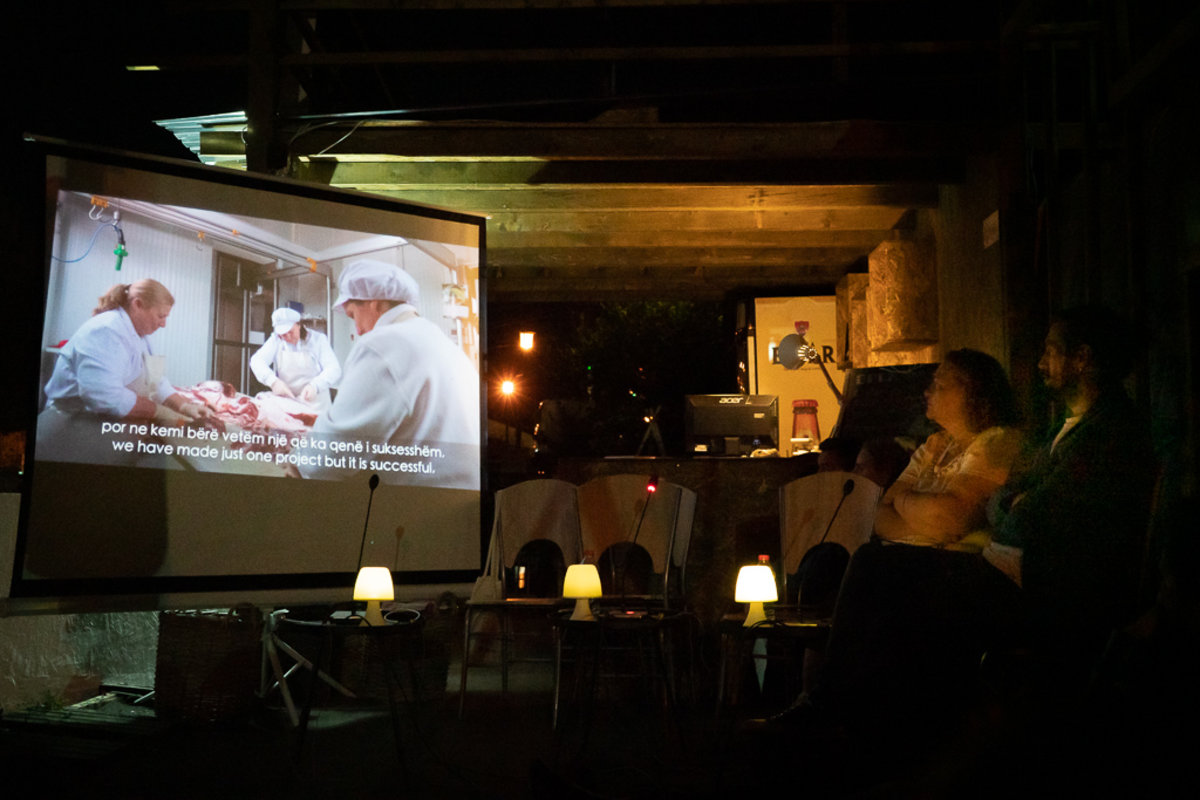
Lola Sylaj from the female artist collective Haveit spoke after Ms Dolatshahi about the taboo-breaking work the collective had done to raise the voice of Kosovo women and the LGBTI community, specifically protesting the death of a young woman at the hands of her husband in 2011 and kissing publicly.
“We wanted to take art to the street.”
Sylaj said she believed the group had struck a chord because the art they were producing was unexpected and unsolicited and no one could stop the group; unlike in traditional spaces, Sylaj recounting how her film tutor at university had told her film directing “was not for women”.
“We really like public spaces because it gets more emotional but it’s more honest – people who see it are more honest even in their responses…we needed to remain independent to keep our voices honest.”
Artist Dardan Zhegrova talked about his layered work that included audience interaction and explored themes of memory and identity.
“We choose how to create our own identity and those layers are up to us.”
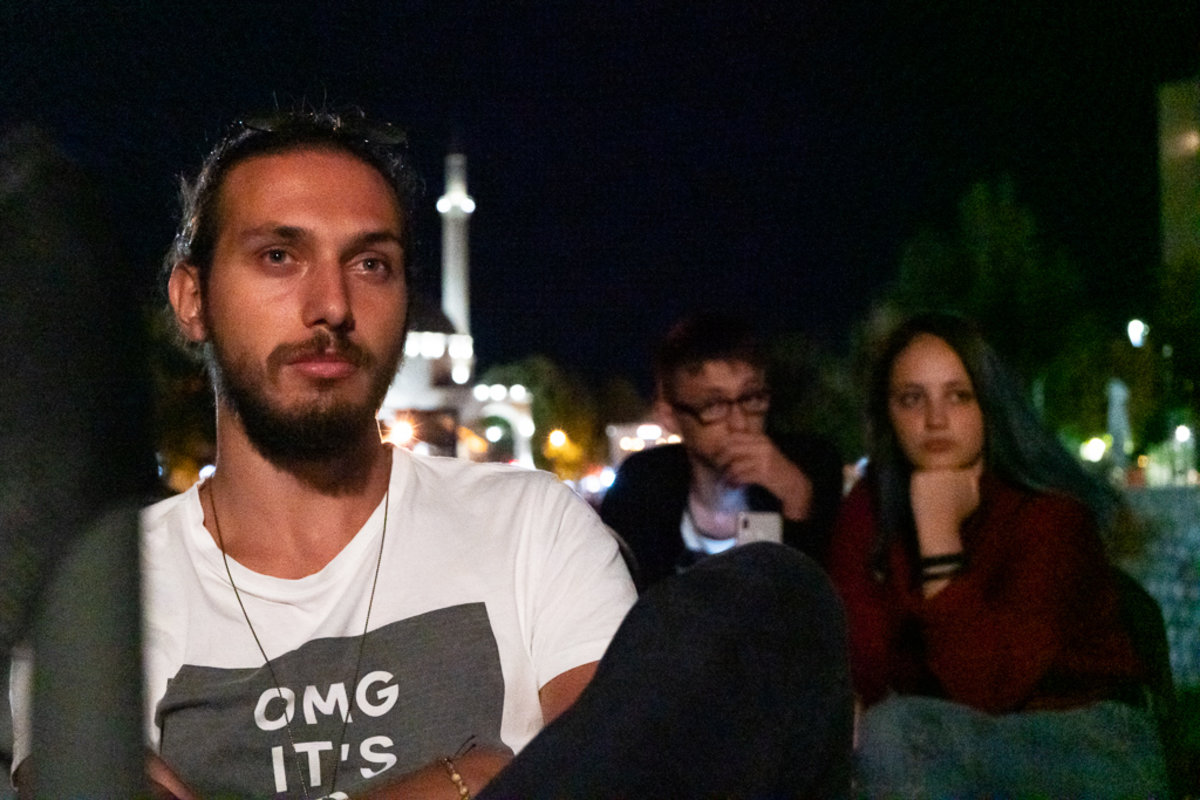
Journalist Andjelka Cup reflected on how Kosovo journalists were often partisan and their line of questioning revealed their specific interest – counter to the ethics of journalism.
“We need the voice of the people, we need someone to recognize what should be asked, what should be written and what should be disregarded from the first sentence.”
She also said better cooperation was needed between journalists from different communities, in the interests of citizens, in order to dispel propaganda or fear.
“People are afraid and we are not able to increase our voices as much and reach those who it needs to reach.”
The filmmaker Barış Karamuço spoke about telling stories from different perspectives and the importance of being grounded in a community to ensure there is a reach of voices. Karamuço, who studied and worked in Turkey for 12 years, talked about a film he made shortly after his return to Kosovo in 2008 in which he asked kindergarten children about the new Kosovo flag.
“During my time away I realized that I had missed something…I decided to try to communicate through cinema and photography.”
Watch the short documentary Meat in the Middle here:
 UN
UN United Nations Peacekeeping
United Nations Peacekeeping



